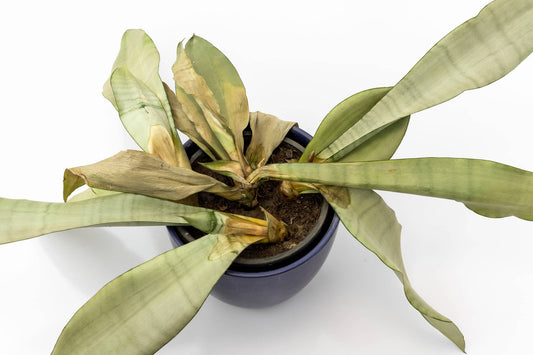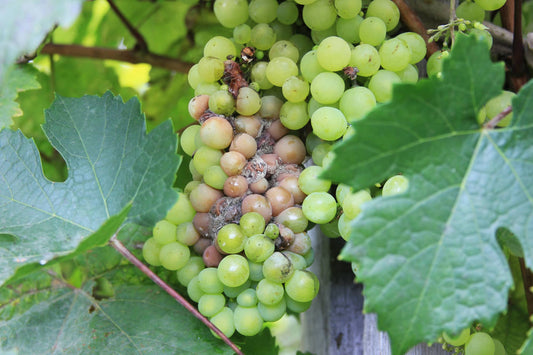Downy Mildew, which is caused by various oomycetes such as Peronospora, Bremia, and Plasmopara, poses a significant challenge in hydroponic gardening. Thriving in cool, humid environments, Downy Mildew can cause severe damage to the foliage, stems, and fruits of many plants. Effectively managing this disease requires a combination of preventive measures, vigilant monitoring, and strategic responses to infestations.
Understanding Downy Mildew
Downy mildew refers to diseases caused by oomycetes, leading to yellowing leaves, stunted growth, and distinct fluffy white to gray growths on the undersides of leaves. Early detection is vital, as initial symptoms include pale green spots or blotches on the upper leaf surfaces, which can progress to severe plant decline.
Life Cycle and Favorable Conditions
Oomycetes produce spores that thrive in moist conditions, spreading rapidly and infecting plants through the stomata on the undersides of leaves during cool, humid weather. High humidity, poor air circulation, and temperatures between 50°F and 70°F (10°C and 21°C) create ideal conditions for the development of Downy Mildew.
Preventive Measures
- Manage Humidity and Air Circulation: Use fans and dehumidifiers to enhance air circulation and humidity control, ensuring plant surfaces remain dry.
- Water Temperature Management: Adjust water temperatures to support healthy plant growth, indirectly influencing the microclimate around plants to prevent Downy Mildew.
- Sanitation: Regularly disinfect the hydroponic system, tools, and workspace. Promptly remove and dispose of infected plant material to prevent the spread of spores.
Treatment Strategies
- Fungicides: Utilize fungicides specifically labeled for Downy Mildew that are also safe for hydroponic systems.
- Environmental Adjustments: Slight increases in water temperature may help reduce the relative humidity around plants, slowing the progression of Downy Mildew. Balance these adjustments with the health needs of the plants.
Monitoring and Maintenance
Regular inspections for early signs of downy mildew and maintaining environmental controls are essential. Implement strict hygiene protocols to minimize the risk of outbreaks.
Management Practices for Downy Mildew
Environmental Control
- Air Circulation and Humidity Management: Effective use of fans and dehumidifiers can keep the plant environment less conducive to Downy Mildew.
- Water Temperature: Managing water temperature creates a less favorable environment for Downy Mildew by affecting the relative humidity around the plants.
Sanitation and Disease Management
- Regular Cleaning: Disinfecting the system and workspace helps eliminate pathogens that could cause Downy Mildew.
- Removal of Infected Material: Infected plants or parts should be removed immediately to prevent the disease from spreading.
Incorporating these management practices can significantly reduce the risk of downy mildew in hydroponic systems. While focusing on environmental control and sanitation is crucial for prevention, being proactive in detection and treatment is essential for managing this disease. Adjusting environmental conditions carefully to avoid stress on plants and using treatments that are compatible with hydroponic systems will support healthy plant growth and productivity.




